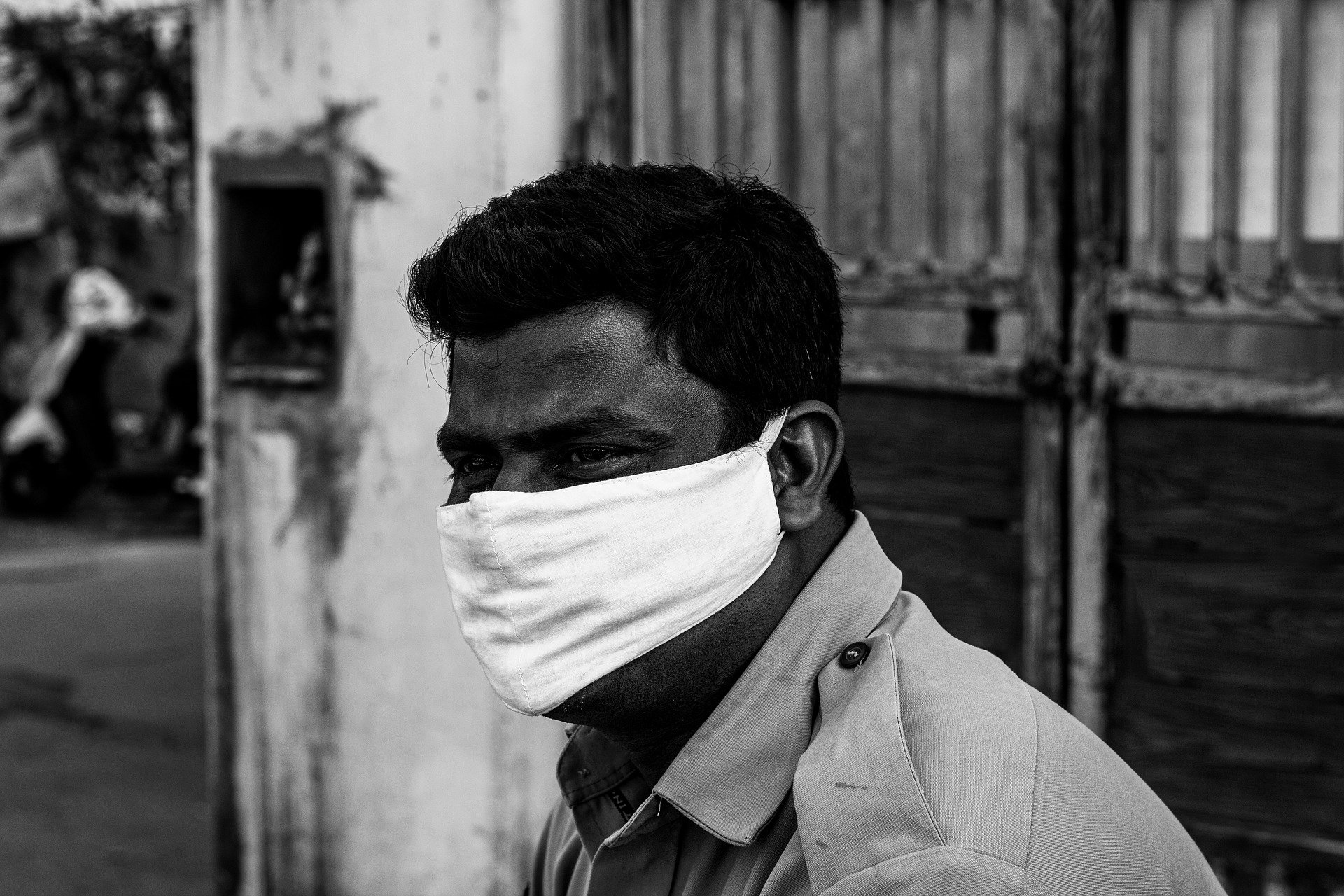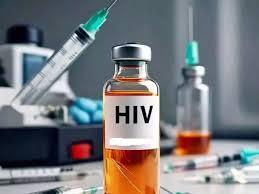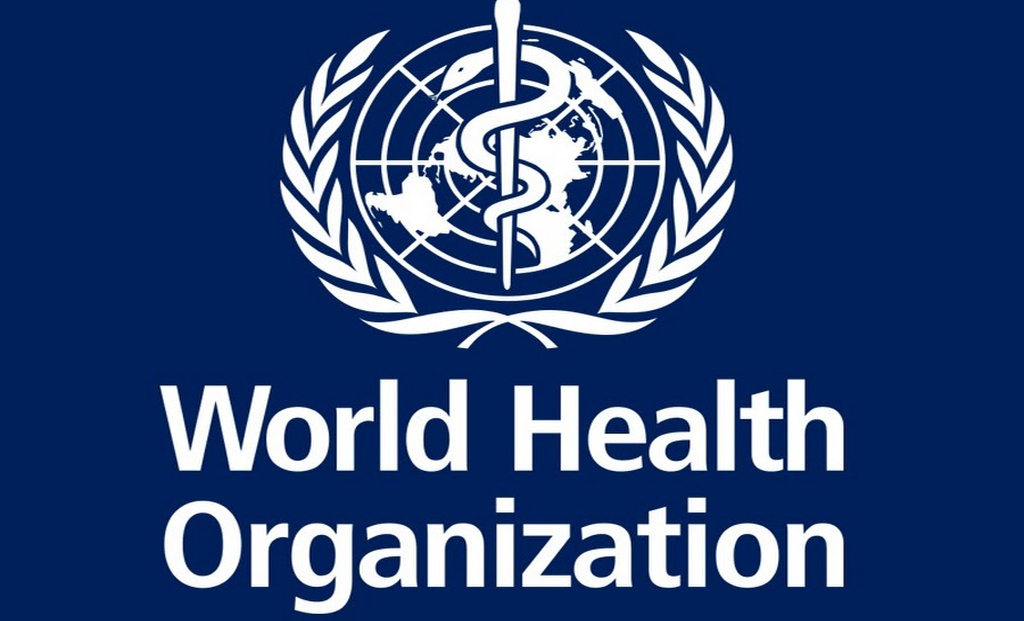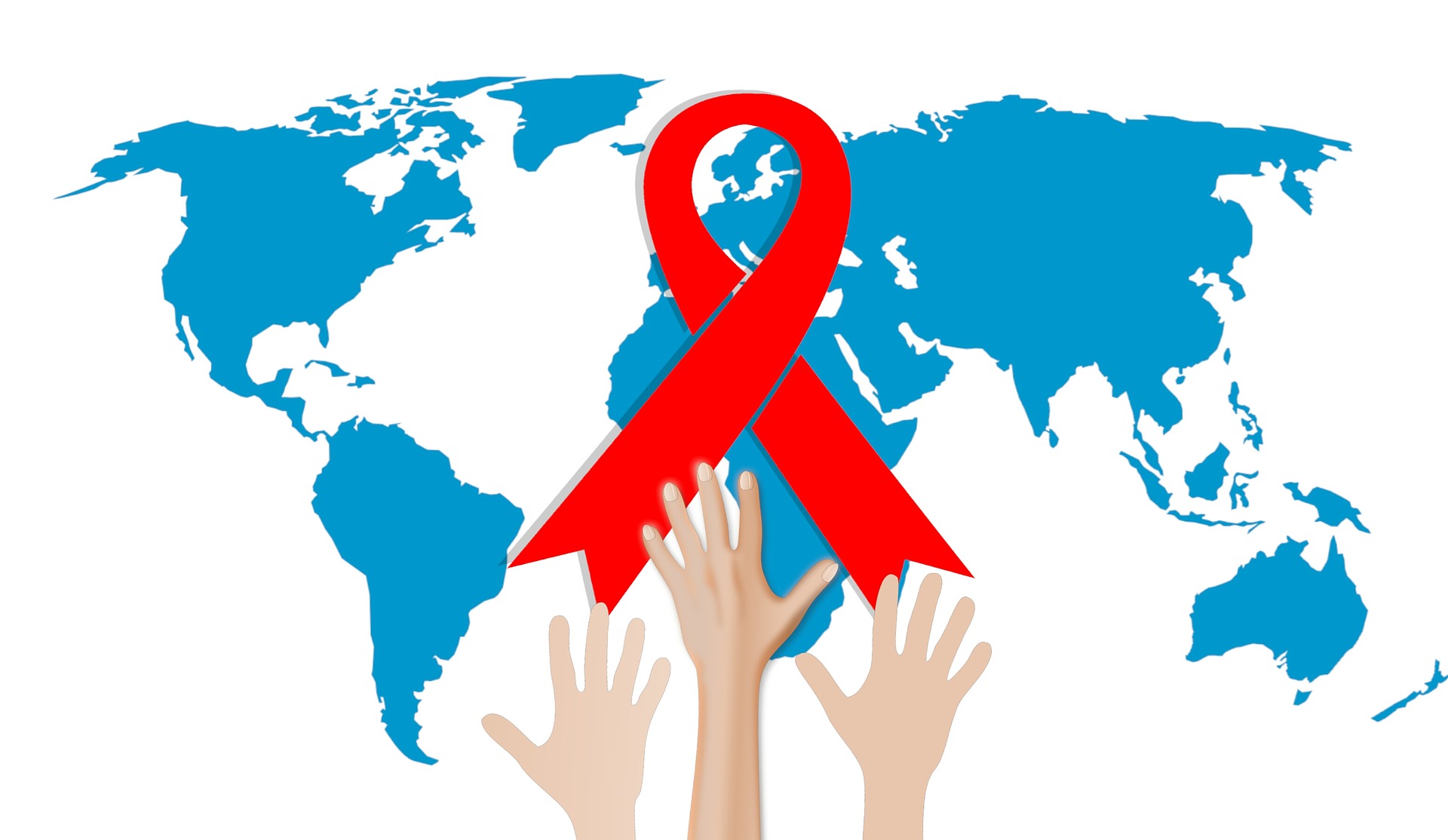Unaffordable prices can be one of the biggest barriers to access pharmaceutical products. Promoting affordable and fair prices and cost-effective interventions is central to the achievement of universal health coverage.
Currently, high prices of many new medicines are challenging public health care systems or patients who have to pay for them out of pocket.
A new WHO guideline for countries on managing pharmaceutical prices aims to help governments overcome this barrier and better address national public health needs.
The 🆕 guideline suggests countries promote price transparency through a range of mechanisms, including sharing the net transaction prices of pharmaceutical products with relevant stakeholders and along the supply and distribution chain
👉 https://t.co/XYqUYStolJ pic.twitter.com/Um8fVMCYdq
— World Health Organization (WHO) (@WHO) September 29, 2020
More than 50 independent experts, researchers, external reviewers from a range of stakeholder groups, and WHO staff were involved in assessing and evaluating current scientific evidence and country experiences in order to prepare the guideline.
It covers ten pricing policy approaches
- External reference pricing, where prices are set by using the benchmark of prices for the same medicines in other comparable countries.
- Internal reference pricing, where prices are benchmarked against the price of products with the same medicine or therapeutically similar medicines within the same country.
- Value-based pricing, where prices are set after considering how much the medicine is ‘worth’ compared to existing available treatments for the same conditions. This includes assessing factors such as how many years of life treatment can save, how much treatment can improve the quality of life of the patient, and if treatment can save the system resources by avoiding hospitalization or longer-term care.
- Regulation of mark-ups across the pharmaceutical supply and distribution chain, where governments set rates for how much suppliers can add to the costs of medicines as they sell the medicine along the supply chain and eventually to patients.
- Promoting price transparency to make sure that the prices of medicines and how such prices are set are known to all relevant stakeholders.
- Tendering and negotiation, where prices are set according to the best offer from suppliers.
- Promoting the use of quality-assured generic and biosimilar medicines, to encourage the use of versions of brand-name products that have exactly the same or similar characteristics as the original product.
- Pooled procurement, where financial and non-financial resources are pooled to create greater purchasing power and improve efficiency.
- Cost-plus pricing, where prices are set by assessing the costs of producing the medicine, plus a profit margin.
- Tax exemptions or tax reductions, where taxes on pharmaceutical products are removed or reduced.
Spotlight on generics and biosimilars
The guideline strongly recommends that countries promote the use of quality-assured generic and biosimilar medicines. This includes enabling early market entry of these medicines, using multiple policies to achieve lower prices through greater market competition, and a suite of policies to maximize uptake of these medicines and public confidence.
The need for price transparency
Price transparency is essential for designing and implementing sound pricing policies. The guideline suggests countries promote price transparency through a range of mechanisms, including sharing the net transaction prices of pharmaceutical products with relevant stakeholders and along the supply and distribution chain.











